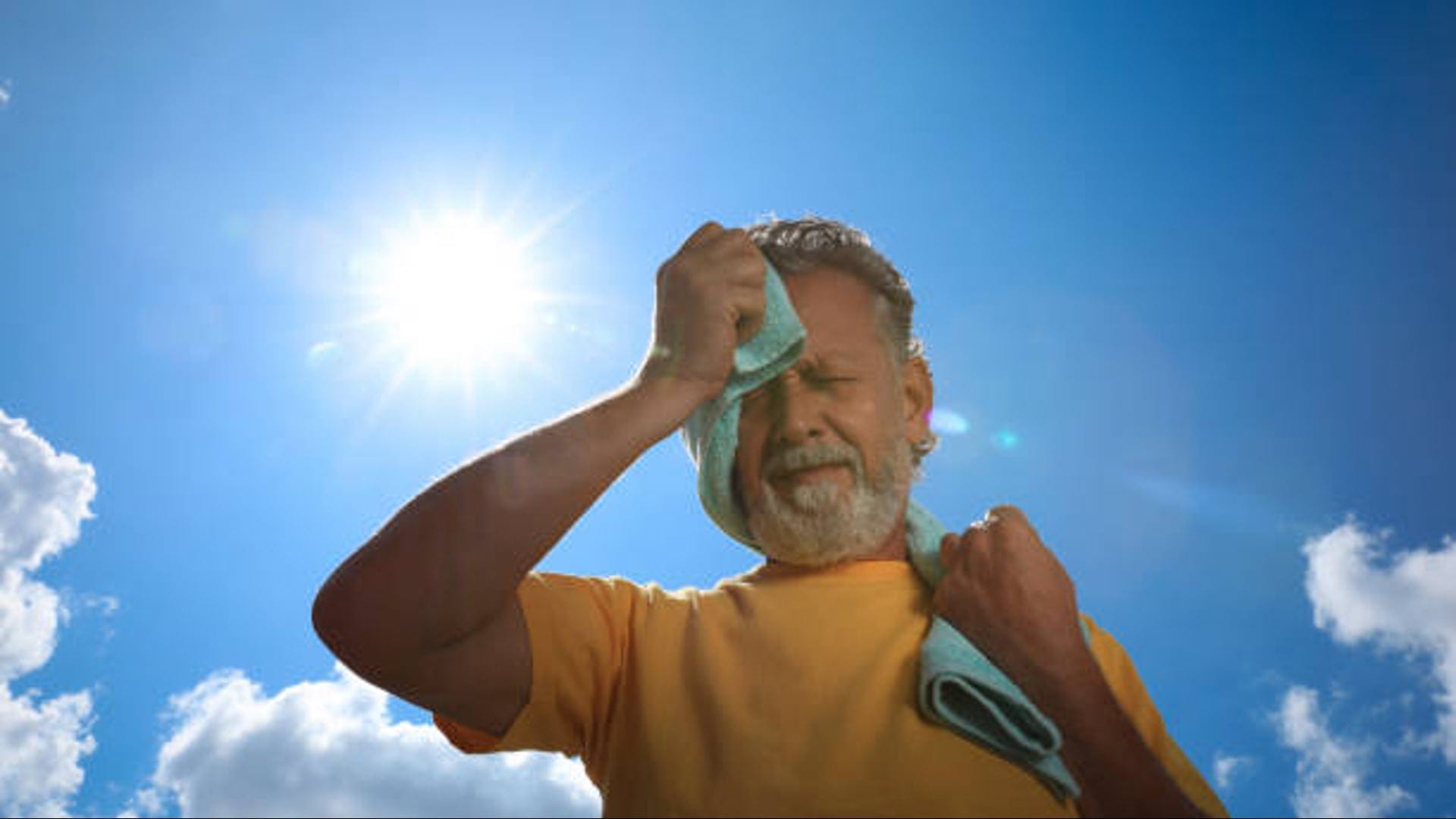Which way should your ceiling fan spin? Do this to beat the summer heat

With temperatures soaring, it's safe to say we're in the thick of a serious summer scorcher.
Cranking up the air conditioner has become essential, but staying cool can result in higher energy bills.
To keep costs in check, the U.S. Department of Energy’s Energy Star program suggests setting your thermostat to 78 degrees during warm weather. Another tip? Follow the 20-degree rule: don't set your thermostat more than 20 degrees cooler than the outside temperature.
Still sweating it out indoors? Before you reach for that thermostat, here are a few other ways to chill out without breaking the bank.
Using ceiling fans are effective at keeping you cool and lowering energy costs
Using fans is one way to cool down your home without consuming as much energy as you would using an air conditioner.
Fans work by creating a wind chill effect. They blow air across your skin, helping sweat evaporate, and that evaporation is what cools your body down. Unlike air conditioners, fans don't cool the entire room, they cool the person using them. The more moisture that evaporates, the cooler you feel.
What way should your fan blades spin in the summer?
Set your fan blades to rotate counterclockwise. That direction creates a downdraft, pushing cooler air down from the ceiling and creating a breeze that makes you feel more comfortable, even if the actual room temperature doesn't change. It's a simple switch that can make a big difference on hot days.
Using a ceiling fan lets you bump your thermostat up by 4 degrees without sacrificing comfort, according to the U.S. Department of Energy.
Using a window fan? The U.S. Department of Energy says to do this
Using a window fan to beat the heat? The U.S. Department of Energy has some smart tips:
- Close the windows near your fan and open ones further away, ideally on the windward side of your home, to help air flow through
- For best results, pull in air from cooler, shaded spots outside
- In multi-story homes, place the fan upstairs and open windows downstairs
If that's not an option, try using separate fans on each level to keep the air moving.
Extreme heat kills more than 700 people a year. Here’s who’s most at risk
When temperatures climb, high humidity makes things feel even worse. Moisture in the air makes it harder for sweat to evaporate, which means your body can't cool down as easily.
For some groups, the heat is more than just uncomfortable. It can be dangerous.
Each year, more than 700 people in the U.S. die from extreme heat, according to the Centers for Disease Control and Prevention.
The most vulnerable include young children, people with pre-existing health conditions, the elderly and outdoor workers. The CDC also warns that certain medications can increase the risk of dehydration or make you more sensitive to the sun. If you're on a prescription, it's important to talk with your doctor about heat safety.
Essential tips to beat the heat
Although it's still early in the season, here are some tips and tricks to help you beat the heat this weekend and beyond as temperatures climb.
- Make hydration a priority: Drink plenty of water and avoid caffeine and alcohol. These drinks can dehydrate you as you lose fluids faster.
- Wear loose, lightweight clothing
- Seek shade: This is most important if you're outdoors during peak heat times
- Apply sunscreen: Use a broad-spectrum sunscreen with SPF of 30 or higher. While you're trying to keep cool, you'll want to avoid getting burned as well
- Stay indoors during the hottest hours
- Take breaks if you're outside working
Jennifer Lindahl is a Breaking and Trending Reporter for the Deep South Connect Team for Gannett/USA Today. Connect with her on X @jenn_lindahl and email at jlindahl@gannett.com.